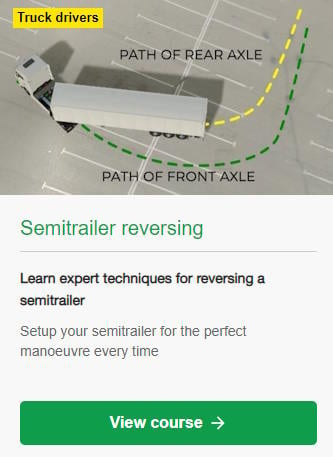A semitrailer or ‘semi’ is a combination vehicle comprising a tractor unit towing a trailer via a fifth wheel coupling. The trailer only has wheels at the back (hence being called a semitrailer rather than a full trailer), and the front of it is supported on the fifth wheel.
The tractor unit can have up to four axles and the semitrailer (the name for the trailer as well as the combination of tractor unit and trailer) can also have up to 4 axles (called a ‘quad’).
The driver reverses the tractor unit under the front of the semitrailer. A kingpin under the semitrailer locks into the fifth wheel and the weight of the semitrailer is taken up by the fifth wheel when the trailer’s landing legs are raised.
Advantages of using a semitrailer over other types of trucks
Compared to a B-train, semitrailer are much easier to reverse and drive.
Compared to a rigid truck and trailer, a semitrailer can be dropped off to be unloaded, and can leave immediately with a new load, without having to wait to be unloaded or loaded.
Compared to a B-train, rigid truck, or rigid truck plus trailer, the cargo length is much longer because it is one trailer rather than two.
A tractor unit is very flexible. Assuming it has sufficient specifications, it can be pulling a linehaul curtainsider one day, a bottom dumper spreading aggregate the next day and a log trailer the day after, whereas it’s difficult to repurpose a rigid truck. If fitted with a bolt and pin coupling, a tractor unit can tow a full trailer.
They are common and therefore relatively cost-effective to purchase and resell.
The minimum number of axles on a semitrailer combination is three, whereas with a truck and trailer it is four.
A rigid truck can tow a semitrailer if using a dolly.
You can hire a semitrailer in many different configurations easily.
Dimensions
A regular tractor unit and semitrailer combination is a maximum of 19m long, 4.3m high and 2.55m wide. The maximum trailer length is 13.5m. The maximum gross mass is 39,000kg, although permits for larger vehicles are available for specific routes. If you need to know how to work out your vehicle’s maximum legal mass, this course will help.
What licence do you need to drive a semitrailer?
If you’re driving it on a road (or what NZTA says is a road), then you need a class 5 licence. Here’s how to get a class 5 licence.
What sort of training do you need to drive a semitrailer?
The class 5 licence covers the basics. Beyond that, the most difficult part of driving with a semitrailer is reversing it. Reversing in a straight line is relatively straightforward, but reversing the trailer to the left means it’s on the blind side of the truck (i.e. you can’t look out of the window to see what’s happening).
Semitrailer reversing training is a good option.
Additionally, you’ll need to know how to connect a semitrailer without damaging the trailer legs or kingpin, or the tractor unit’s fifth wheel.
For flat deck semitrailers, load security training is essential because the risks of losing freight off the truck are high, and loose freight falling off can kill or injure other road users.
For top-heavy loads, truck rollover training is important. A couple of trucks a week roll over on New Zealand’s roads.
What sort of semitrailer combinations are available?
Curtainside
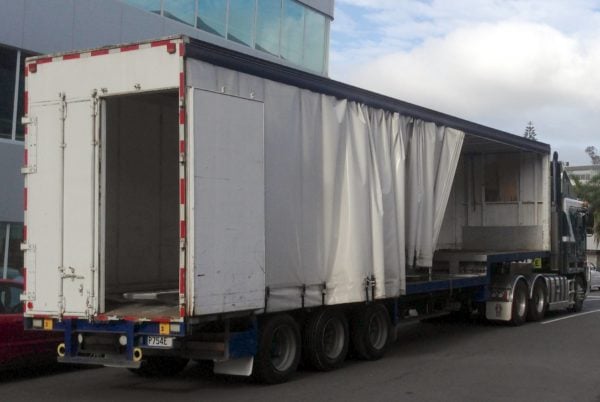
Hardside
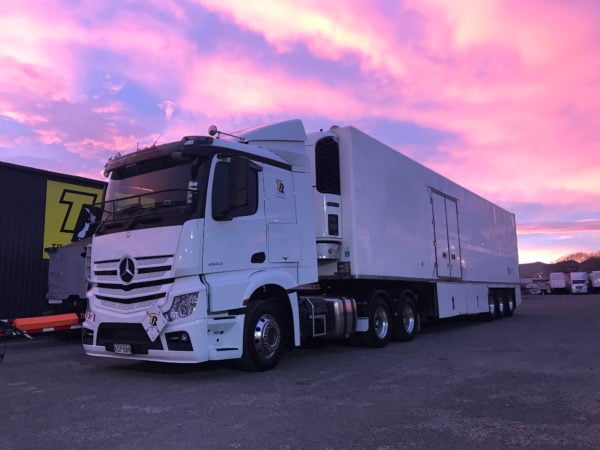
Transporters
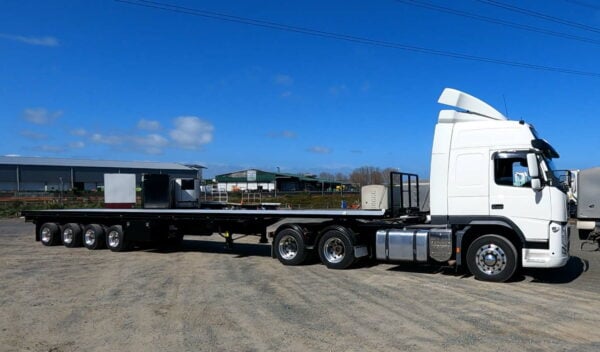
Car transporter
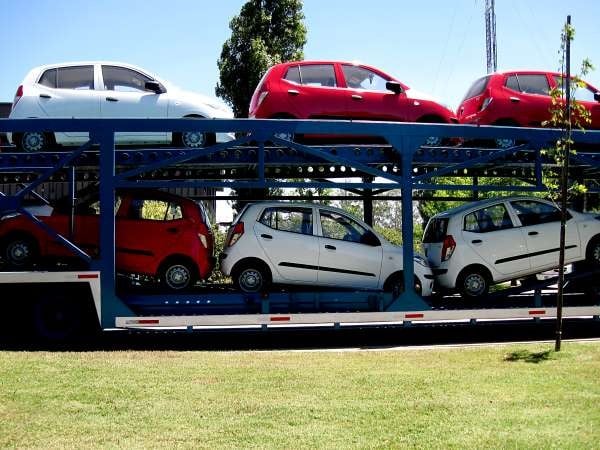
Tipulators or tippers
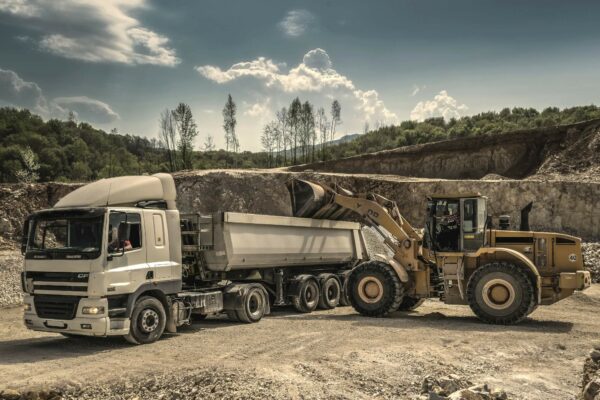
Tipulators have a hydraulic ram that lifts the front of the truck so that the load can be ejected from the back.
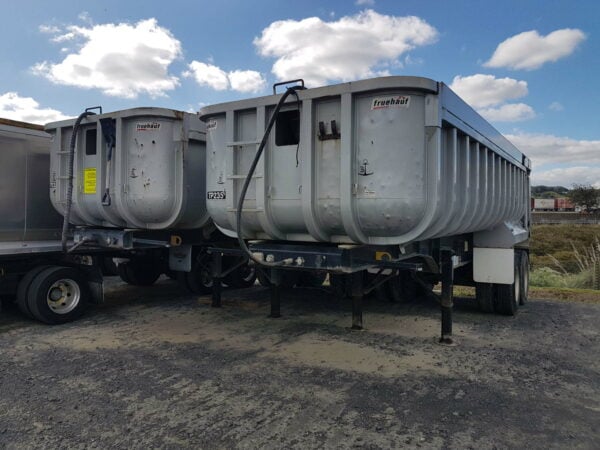
Skeletal and sideloaders
Skeletal trailers are designed to have ISO containers placed on them by a crane, whereas sideloaders can automatically load the ISO container from the side.
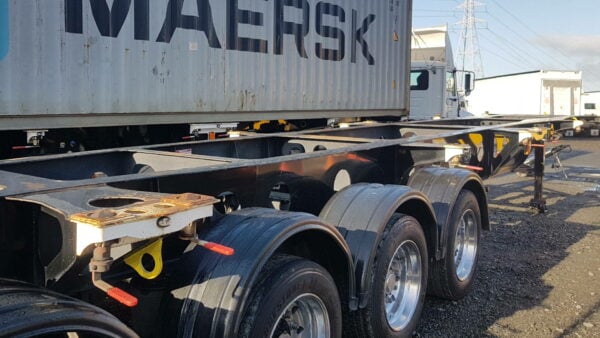
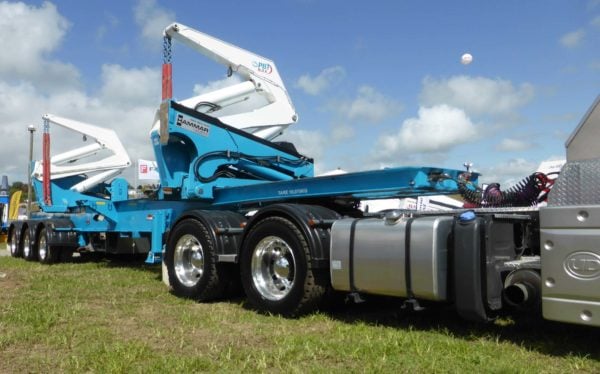
Specialist transporters
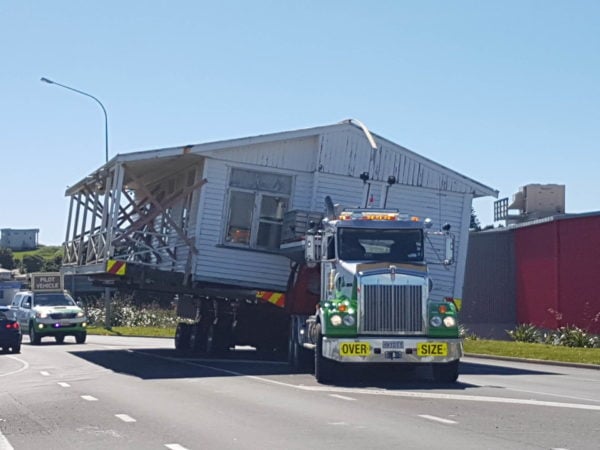
What other names do semitrailers have
If you come from the UK you’ll know a semitrailer as an HGV (heavy goods vehicle), LGV (large goods vehicle) or ‘artic’, which is short for articulated lorry, and if you’re older, you might know them as juggernauts (coming from the definition, which means a massive inexorable force or an object that crushes whatever is in its path).
If you’re from Australia, you might call them a single. If it’s a skeletal trailer, they’re often called a semiskel.
If you’re from North America, you might know them as an 18-wheeler, a truck, a big rig, a tractor trailer or semi-tractor truck.

